Classic Media Work
As part of public relations (public relations = communication between organisations and their internal and external stakeholders), press relations focuses on communication with the media (press, radio, TV, online). Among other things, it serves to provide information in a form suitable for the media and to place the organisation's own messages in the media. Press relations work utilises various instruments and measures, the most important of which are briefly described below.
Tips & tricks for your media work
1. Factsheets
4. Image Selection and captions
5. Storylines
6. Press trip
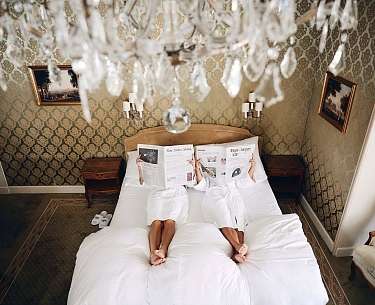
Factsheets
A factsheet contains the key facts, figures and names relating to an organisation, region or subject area in a compact and clear format. The information is structured according to importance, starting with the most basic facts. Infographics can help to visualise complex issues. Contacts to specialists and sources are listed for in-depth research. Thanks to factsheets, journalists without prior knowledge can quickly gain an overview and understand the context.
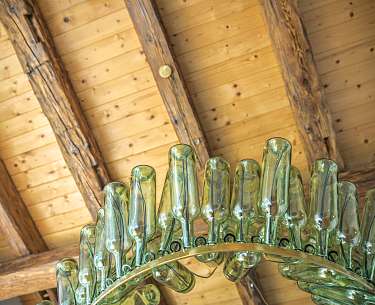
Standard texts
The standard text offers journalists, bloggers and other interested parties a brief yet comprehensive overview of a company/product/topic and serves as a quick source of information as well as a text basis. The text is organised thematically, mentions USPs and special terms, goes into key topics from the storylines in greater depth and contains facts and figures from the factsheet. As a rule, the text should be a maximum of three to four pages long. For longer texts, several thematically different standard texts make more sense. The standard text can be sent as basic information for story placements or other contacts with journalists.
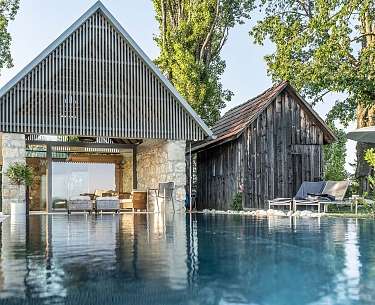
Press releases
A media release informs the public (via the media as an intermediary) about current news such as important events, new products, new findings, seasonal launches, co-operations, records, awards, anniversaries and events (keyword: relevance). Their aim is to inform journalists and the public promptly and accurately. Well-written media releases disseminate information efficiently and arouse the interest of the media, which encourages positive reporting.
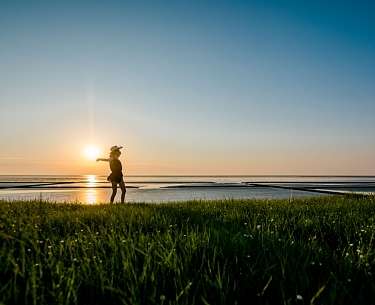
Visual language and captions
The choice of image is essential for press relations, as it determines whether topics are considered relevant and interesting at first glance or not. A central photo should always be placed in press releases that matches and reflects the core message of the release. The photo should be accompanied by a caption that briefly describes the photo and provides important facts about it. The caption also contains a download option for journalists and information on image rights. It is also possible to add further photos to the download link. The correct image designation and the indication of image rights are important. Each image should be precisely labelled to make the journalists' work as easy as possible. Each photo should also include the copyright information in the image title. The resolution of the photos is crucial. Photos should always be made available for download in printable quality with a resolution of 300 dpi.
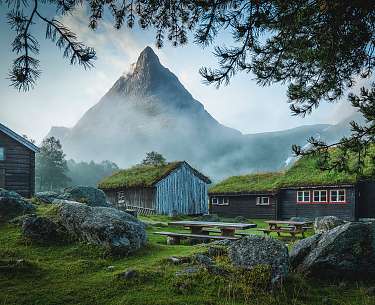
Storylines
Storylines are a key tool for placing topics in the media. Specifically, they are concise summaries or sketches of stories that arouse the interest of media professionals in the topic and provide them with inspiration. Storylines are tailored to the interests and needs of media professionals. The trick is to identify the most exciting stories for media with suitable target groups. The best stories often lie in the seemingly trivial.
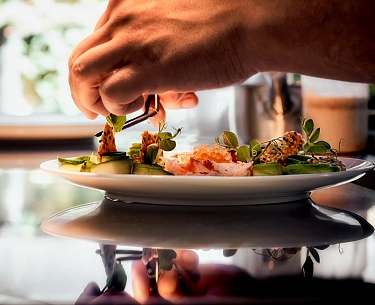
Press trip
A press trip is a trip organised by the hotel where journalists are invited to report on a specific destination, occasion or event. The aim is to generate attention and positive publicity through media coverage.
Advantages of a press trip:
- Positive reporting: Journalists receive exclusive insights and can therefore report more extensively and often favourably.
- Increased visibility for the hotel and the destination: The publications you reach a wider public.
- Networking opportunity: Press trips help to actively maintain contact with journalists and thus establish a long-term relationship with relevant media.
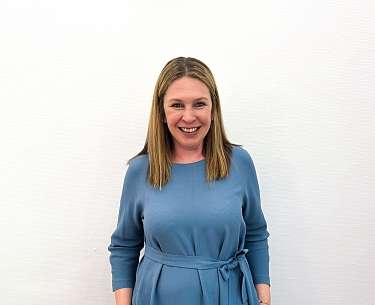
Your Romantik® press contact
If you have any questions about PR and media relations, please contact our Corporate Communications Manager Anabel Joksch directly. By e-mail to anabel.joksch@romantikhotels.com or by telephone on +49 (0) 69 66 1234 13.